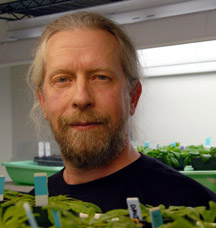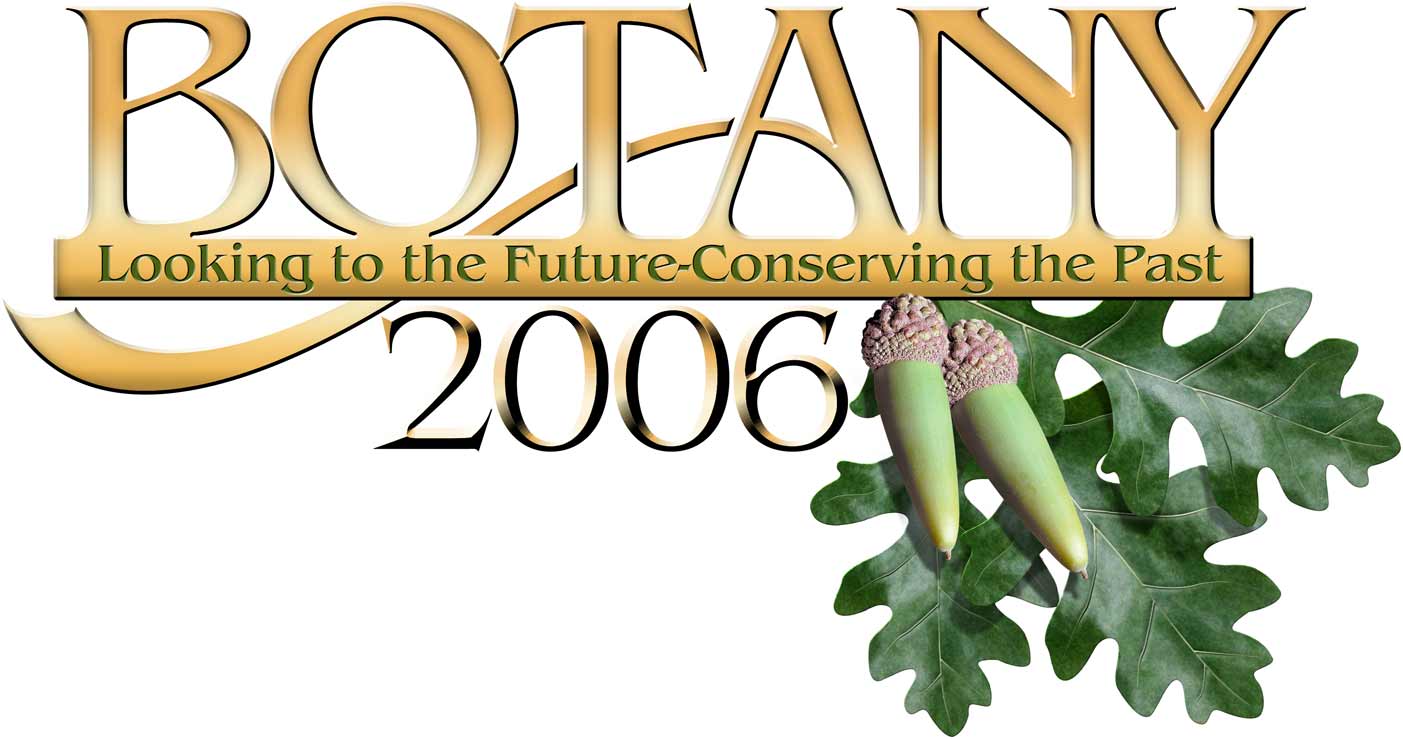
Communicating
an Awareness of Plants Through Science and Art
Roger
Hangarter
Indiana
University
Roger Hangarter earned his Ph.D. in Plant Physiology
from Michigan State University. He did postdoctoral work at Michigan
State University and at the University of Illinois, Urbana. He was
assistant and associate professor in the Department of Plant Biology,
Ohio State University and is currently a Professor in the Department
of Biology at Indiana University.
Hangarter’s research focuses on physiological and molecular
mechanisms controlling plant growth and development, with an emphasis
on mechanisms by which plants perceive and respond to environmental
stimuli. He has had a long-standing interest in photobiology and
has conducted research on auxin physiology, photosynthesis, and plant
photosensory systems. His recent work is investigating how light
and gravity response systems interact to control plant architecture
and how light regulates chloroplast motility and development. Hangarter
has a strong interest in communicating his science to broader audiences.
His public efforts include lecturing in local gardening classes,
park programs, participating in K-12 teacher workshops, and conducting
activities at a local children’s science museum. He has also
created a major award-winning web site (Plants-In-Motion) that provides
a large collection of time-lapse plant movies and educational material
that is freely available worldwide to teachers and students.
His
movie documenting the above-ground phase of 17 year cicadas was
awarded first place for Non-Interactive Media in the 2005 NSF/AAAS
Science & Engineering Visualization Challenge. He also collaborates
with artists to develop visually compelling educational exhibits.
He
recently created a traveling exhibit, sLowlife, that
uses time-lapse movies, still images, and live plants to try increase
awareness of plants
as living sensory organisms. The exhibit was installed at the United
State Botanical Garden in Washington DC from Oct 26, 2005 to March
26, 2006. In 2007, it will be at the Missouri and Chicago Botanic
Gardens and will move to other venues over the next several years.



